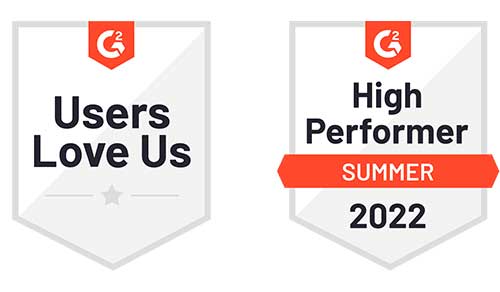Acquiring customers is the focus of most SaaS companies. But once you’ve gotten the close, the work starts of maintaining that customer. As we’ve all heard, it costs 7x more to acquire a new customer than it does to maintain an existing one.
So why do Saas company annual churn rates vary from 6-10% for enterprise tools to up to 58% for SMB products? (Source: Tomasz Tunguz)
There are three key reasons that customers stop using your product:
- They don’t understand the context of your product, or how it works
- They don’t see the initial benefits
- They had a poor initial experience
And guess what? We’ve all stopped using products and services when they failed on these fronts. So your customers will too.
So, how do we overcome these challenges to reduce customer churn? Well, all of these can be addressed (at least partially) with a good onboarding process that focuses on meeting and exceeding customer expectations (not your goals for the customer!).
To start this process, you need to clearly understand your client’s goals with the product. If you’re running a simple solution, this may fit into one of a few customer story use cases that you already have defined. For more complex enterprise products, you need to have conversations with the sales team on what they discovered during the sales process (why did they buy?) as well as with the customer themselves. After having these conversations, you should be able to answer the following questions:
- What is their desired outcome for implementing your product or solution?
- How do they measure success?
- How does their boss measure success? (If we can help a customer meet their bosses expectations, they’re more likely to stay engaged.)
These conversations aren’t about which features they want to use, or what other products with which you need to integrate. You want to understand what’s waking your customer up in the night – the pain that your product alone has been selected to solve. By addressing your customer’s goals from the onset of onboarding, you can reduce customer churn caused when they don’t see the initial benefits.
Similarly to how aligning your onboarding with your customer’s goals can reduce customer churn, you also need to help them see value quickly. As you’re developing your onboarding plan, one of your goals should be to reduce the time to first value. The sooner that you can help your customers see value from your product, they’ll have a higher level of engagement. Since first impressions matter, you want the first impression that clients have from using your product to be one that’s positive and reflects values that align with their goals.
Finally, allow time for training as part of your onboarding process. You may be tempted to assume that your customer knows how to use the solution after going through a few screen shares and watching you set up the product. But we all don’t learn by watching. Many people do their best learning by doing. Allow time to show how things work, and be available for your customers to ask questions. Adequate and ongoing training that starts during customer onboarding helps to reduce customer churn by ensuring your user understands how your product works for them.
It goes without saying that your onboarding process should be documented. But beyond managing your onboarding as projects, you should continually test and optimize your onboarding processes. You may discover that you have different types of onboarding projects depending on the customer company size, needs, or investment – which is ideal for templates that can be launched based on your opportunities. By working with templates, you can consistently deliver high-quality onboarding service that improves visibility and reinforces your best practices. It ensures that your customers have a great first experience – reducing the likelihood of customer churn.
There’s much more that goes into a comprehensive customer onboarding experience. In our next post, we’ll look at how to properly test and optimize your processes by collecting performance data throughout the project.

























